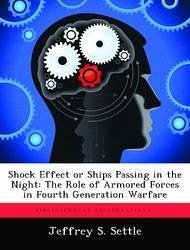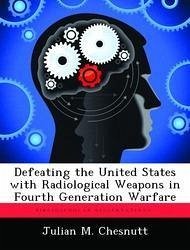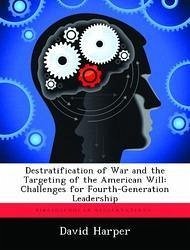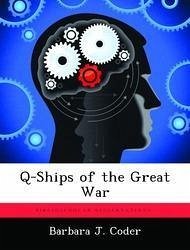Nicht lieferbar

Shock Effect or Ships Passing in the Night: The Role of Armored Forces in Fourth Generation Warfare
Versandkostenfrei!
Nicht lieferbar
In a time where the role of heavy mechanized units seems to play a secondary part to the rapid deployability and lightning-quick raids conducted by light forces, understanding how "shock battle "" can still be waged at the operational and tactical level breathes new life into the question of how heavy forces contribute in a "Fourth Generation "" conflict. The armor community has long wrestled with this question of how to best employ armored units in an irregular-type of fight and the debate has ranged from the weight of armored vehicles to the strategic and operational mobility of these system...
In a time where the role of heavy mechanized units seems to play a secondary part to the rapid deployability and lightning-quick raids conducted by light forces, understanding how "shock battle "" can still be waged at the operational and tactical level breathes new life into the question of how heavy forces contribute in a "Fourth Generation "" conflict. The armor community has long wrestled with this question of how to best employ armored units in an irregular-type of fight and the debate has ranged from the weight of armored vehicles to the strategic and operational mobility of these systems to how much survivability is needed when engaging a threat. Agility, versatility and survivability have engaged in a three-way tug-of-war that has often confused the issue of when and where to employ heavy forces. This study examines the idea of "Generations of Warfare, "" the implications of shock battle within the idea of a "Western Way of War, "" and the differences between deterrence and coercion, to determine how armored forces are appropriate as a means to achieve coercive effects against non-state actors in Fourth Generation Warfare. Additionally, this study asserts that deterrence has limited applicability when the nation-state is taken out of the equation and must be used in conjunction with coercive effects to achieve the desired ends against non-state and transnational actors. To examine this assertion, the study presents the ends, ways, and means of armored employment by the Israeli Defense Forces in OPERATION DEFENSIVE SHIELD in 2002, specifically in the Jenin Refugee Camp, as a case study for conventional operations against a Fourth Generation opponent to achieve coercive effects. This study concludes that tanks and heavy infantry fighting vehicles do have relevance in Fourth Generation warfare, provided commanders use them wisely and with synchronized effects. Additionally, heavy forces, when employed in a complex urban situation, must be committed with detail










